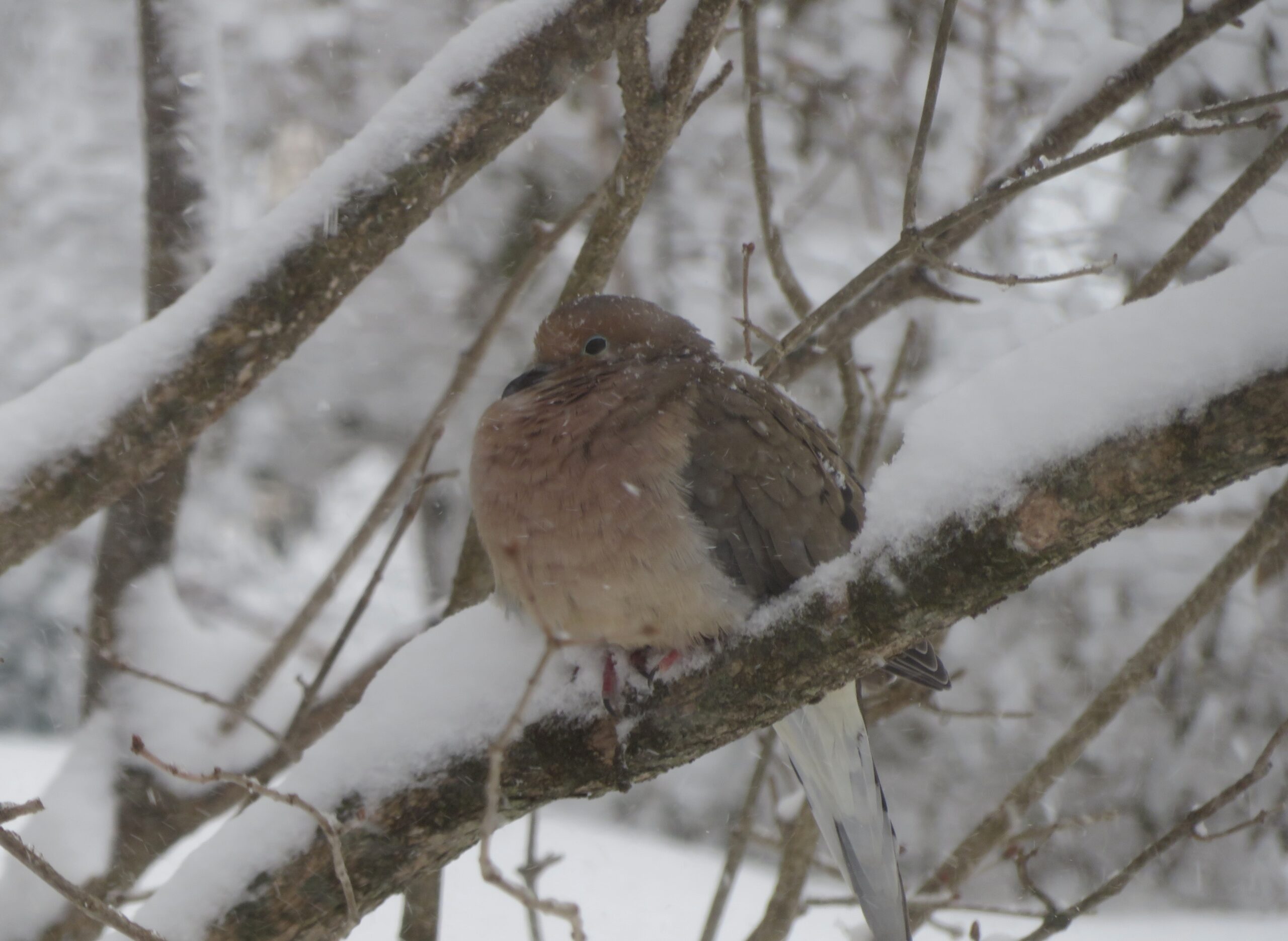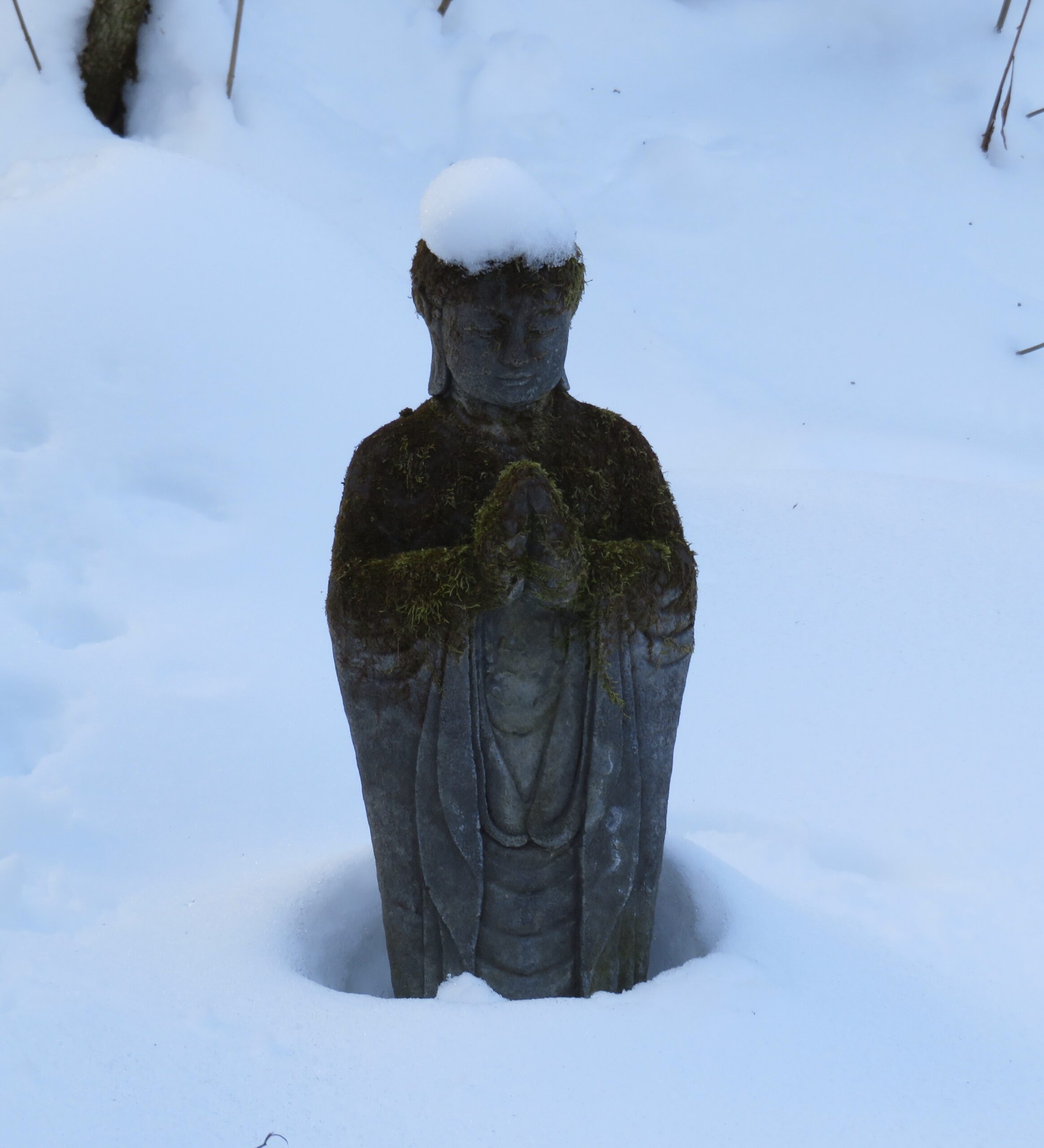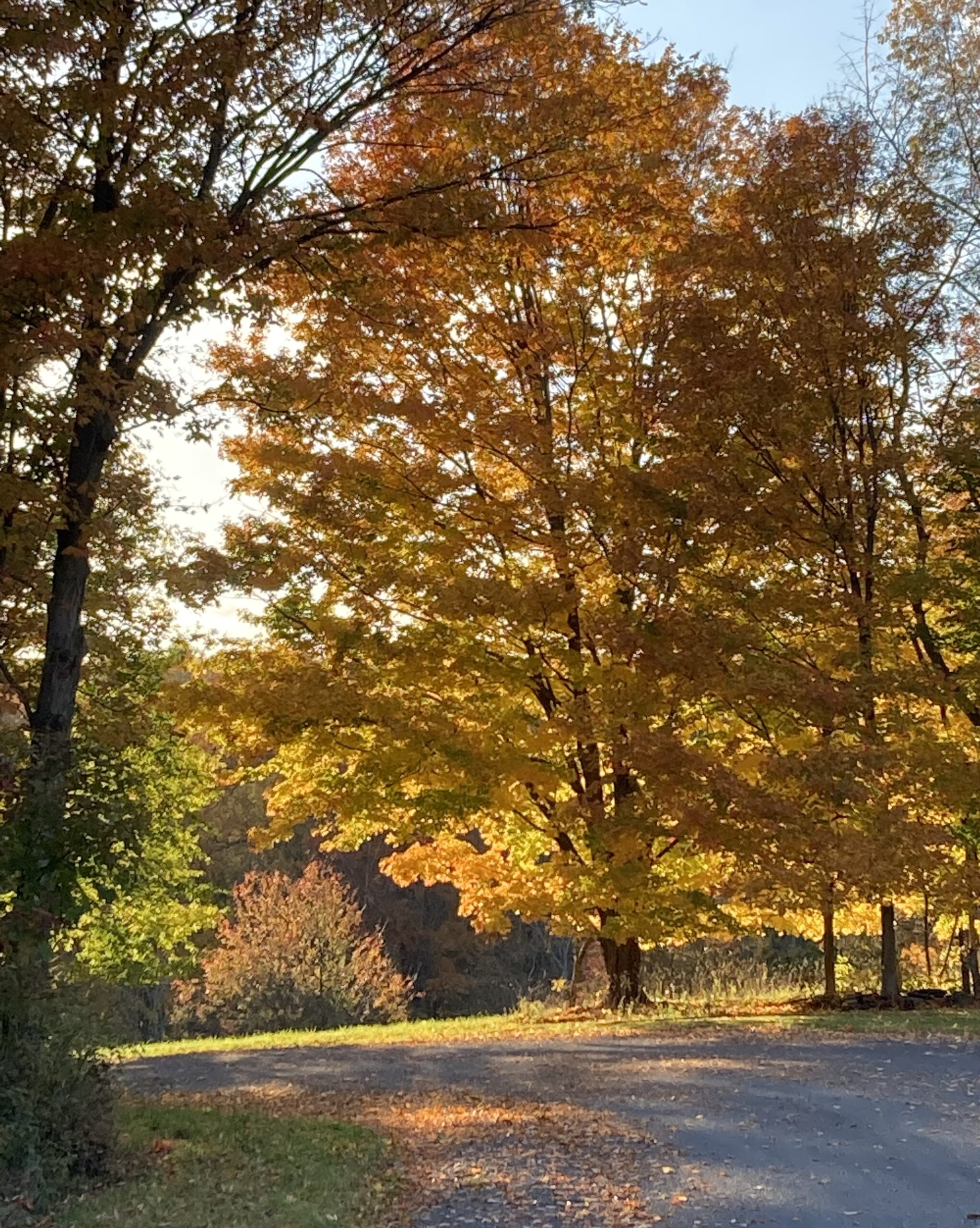Sometimes, we surprise ourselves with what we can do, with what we know and don’t know.
I retired from teaching secondary school ten years ago. But last night, in my dreams I was once again teaching. In many classes, ten, twenty, thirty students or more showed up. In others, only one or two. Maybe students had begun to assume that I would always be there and took me for granted. Or maybe they were too distracted by their personal lives, or I was getting too tired. Whatever it was, my dream-self decided it was time to retire.
In one room, a large group of students came to hear and join me in saying goodbye. It was surprising how full of feeling the situation was. We accepted each other so deeply. And I had nothing planned. It was all spontaneous. What I said emerged extemporaneously, as if from all of us together, and included nothing about goodbyes.
The way a moment forms has so much to teach us and is teaching us so much as it forms. There is so much there if we can see it and feel it. It’s the ultimate teacher. In fact, we are this forming of a moment. But will we look? Feel?
And I woke up. Sort of. The light outside was a gray mist emerging from the dark night, a dawn just beginning to gray. Outside the window, almost no discernible objects emerged from the mist, no trees, or bushes. But in the mostly dark inside, I could discern the placement but not the details of the bed, dresser, and other furniture. And as I wrote down the dream on a pad of paper by my bed, I wondered if anyone in the dream, any student had understood what I was saying.
Then I realized the answer in the dream was also a question. Do I understand my own answer?
Research and theories by psychologists and neuroscientists speculate one purpose of dreaming is to integrate emotional, and other material from our daily lives. Was the dream an example of that integration process? Was it telling me what my conscious mind couldn’t figure out or was it merely putting into words what I had already concluded? We often underestimate the role the unconscious and the resting mind plays in conscious and critical thinking. Our conscious understanding never gets it all. But if we humbly accept that, sometimes what we find surprises us with its depth and value…..
**To read the whole article, please go to The Good Men Project.



